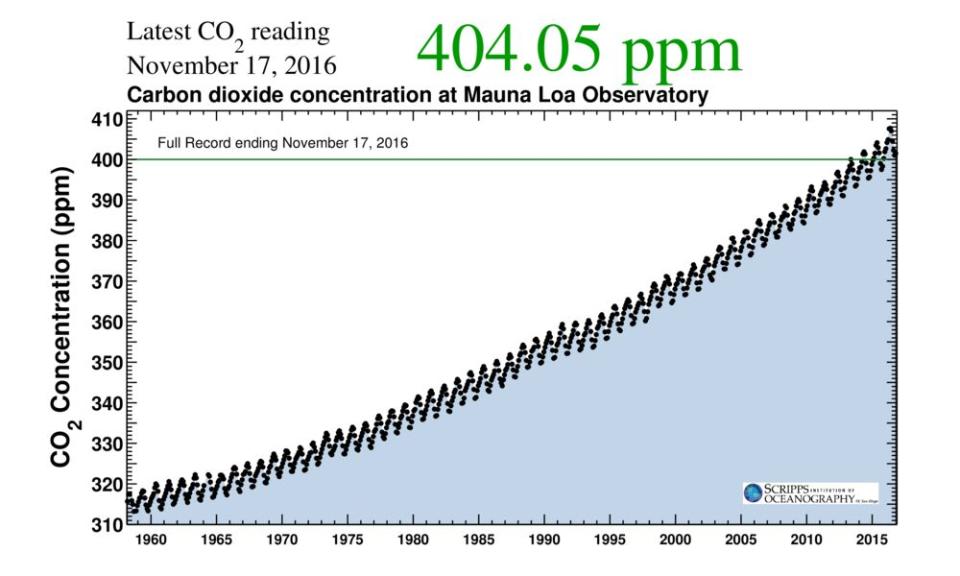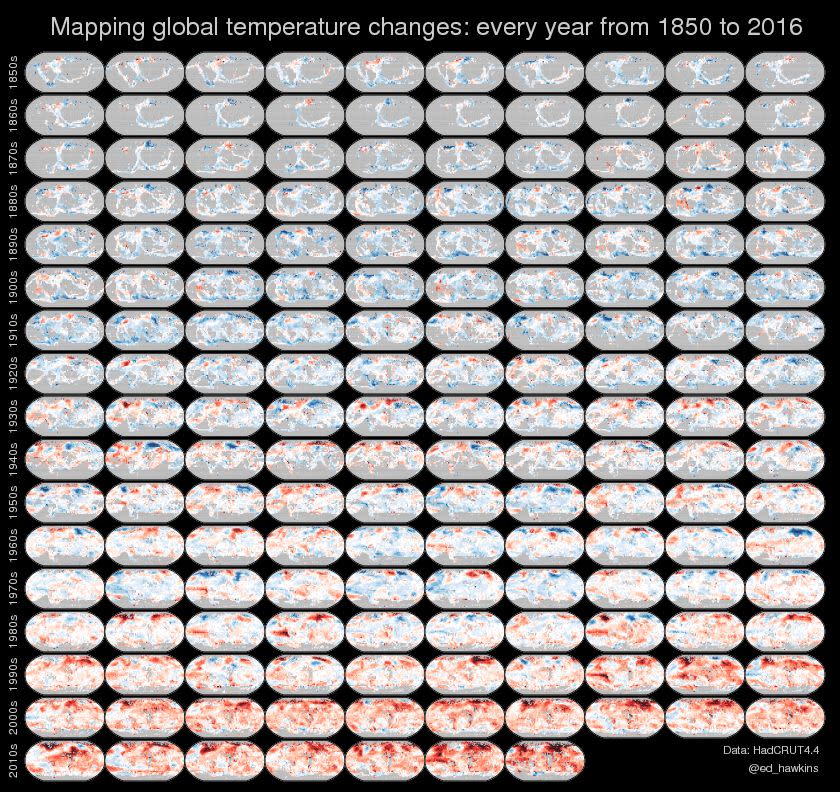Arctic Warming Made Harvey A ‘Killer Storm,' Climate Researcher Says
Soaring temperatures in the Arctic are causing record ice melt, animals to change ancient patterns, and Greenland to literally burn.
But the effects don’t stay in the northernmost latitudes. Melting sea ice and increased warming slow down global air currents called jet streams and cause storms like Hurricane Harvey to “meander” and “stall,” according to Charles H. Greene, a professor of earth and atmospheric sciences at Cornell University.
“What happens in the Arctic doesn’t stay in the Arctic,” he said in a statement on Wednesday. “Just like Superstorm Sandy, Arctic warming likely played an important role in making Hurricane Harvey such an extreme killer storm.”
Researchers are still debating the exact role that climate change played in Harvey’s destructiveness. The hurricane, eventually downgraded to a tropical storm, dumped at least 11 trillion gallons of rain over Texas this week, causing devastating flooding that killed as many as 20 people.
Most agree that vicious storms like Harvey are what people can expect as greenhouse gas emissions increase sea levels, causing higher surges. And increased sea surface and air temperatures push more water into the atmosphere, which then comes down as precipitation.
It’s difficult to make a direct connection between a single storm and climate change, and most scientists are quick to hedge public statements. But researchers interviewed by Gizmodo science editor Maddie Stone, who holds a Ph.D. in earth and environmental science, said climate change either did or “probably” made Harvey worse.
Greene took it a step further by identifying how climate change influenced both the formation of the storm and the path it took. He noted that Superstorm Sandy, which wreaked havoc on New York and New Jersey in 2012, lingered in a similar way. Instead of veering out over the ocean like “90 percent of most late-season hurricanes,” he said that storm made “a historically unprecedented beeline for New York and New Jersey.”
“This week, we are seeing the effects of another stalled weather system,” he added. “Houston would have suffered much less damage if Category 4 Hurricane Harvey had just crashed through the city and petered out in West Texas. But instead, the storm system is stalled in place and just continues to dump record amounts of rainfall from the Gulf on the city.”
Also on HuffPost
Our carbon footprint says it all.

Year over year, the trend becomes more obvious.

Spiralling global temperatures | updated to August 2016: https://t.co/rPSSxkS2mn pic.twitter.com/yMo0GNAsxk
— Ed Hawkins (@ed_hawkins) September 30, 2016
Another 2016 record—August tied w/ July for warmest in 136 years: https://t.co/69uzcZP2BX #dataviz #climatechange pic.twitter.com/jWkGiabPiP
— Joshua Stevens (@jscarto) September 12, 2016
2016 #Arctic sea ice minimum ties with 2007 for 2nd lowest. https://t.co/BGLZYZvGMY pic.twitter.com/vJghT6HGDc
— Arctic Sea Ice News (@NSIDC_ArcticIce) September 15, 2016
Love HuffPost? Become a founding member of HuffPost Plus today.
This article originally appeared on HuffPost.

